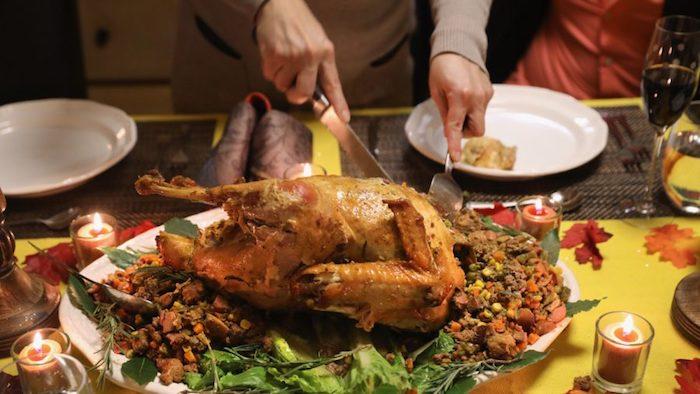Butterball CEO Jay Jandrain told Fox News in a recent interview that it’s likely American families will see more expensive Thanksgiving turkeys this year and that smaller ones will be harder to find as inflation remains stubbornly high and the supply chain crunch roils on.
Jandrain told the outlet on Nov. 2 that, while he doesn’t expect overall shortages of turkeys, “we do see there will be fewer small turkeys this year,” and advised shoppers to “go out to the stores and get them as early as you can.”




